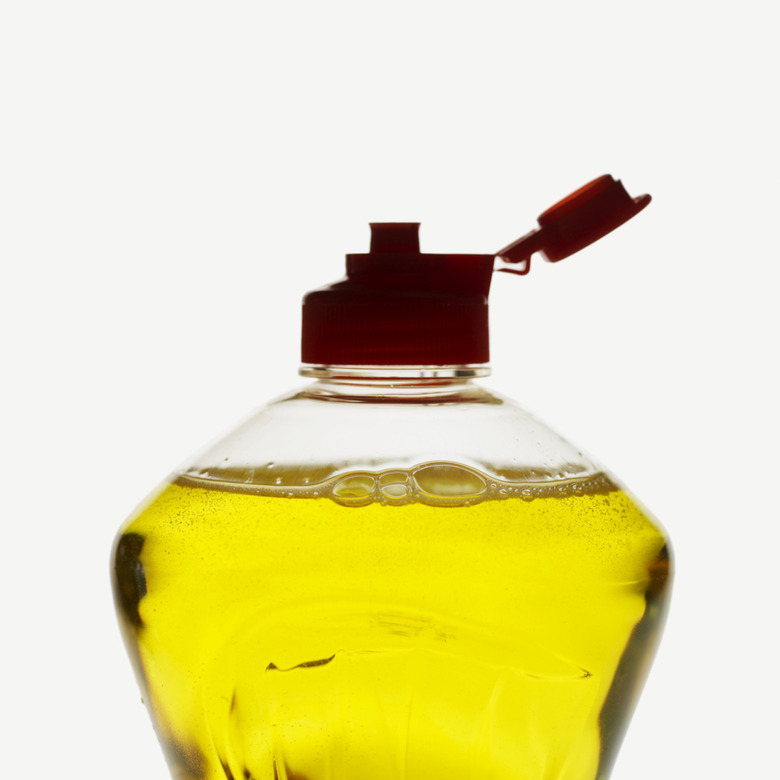Last-Minute Science Fair Project Ideas
Some science fair projects require weeks to months of preparation. Others come together quite quickly, allowing eager science fair participants to create an exciting, fair-worthy project even if there's little time left before the big event. If the initial project attempt went awry, or a child decided to participate at the last minute, easy-to-implement projects can show a student's science smarts.
Sud Tests
Sud Tests
Budding scientists can test the sudsiness of household soaps in this project. The child can test soaps that belong to the same general family, such as an assortment of laundry soaps, or a collection of soaps with different purposes, such as pitting hand soap against dish soap. The child should consider each soap type, then form a hypothesis based on what she knows about each type of soap, guessing which will form the most bubbles and writing down her guess.
Using two-liter soda pop bottles, the child will halfway fill each bottle with water, lining them up to be sure they are filled to an equivalent level. To test her hypothesis, she'll measure and add one tablespoon of each soap to a different bottle of water, screwing each cap on securely. Each bottle is picked up and shaken about 20 times, with the student moving quickly so the suds won't settle. The young scientist will note the results, taking a picture of each bottle. For her project display, she'll determine if her findings met her expectations, and if they didn't, why not.
Bug Collection
Bug Collection
Creepy crawlies are a kid-friendly science fair project focus. The goal is to collect an assortment and put them on display. On a visit to a field or other grassy area with a jar or bug collection container, the child should capture an assortment of bugs. A bug-loving parent or friend can ensure the scientist doesn't accidentally come into contact with a stinging or biting insect.
Using a field guide, the student identifies each bug, and pins it to a sheet foam board, leaving space around it to identify the bug type and list details about the bug. The board should contain as much information as possible about each bug in the impressive collection.
Area Water Test
Area Water Test
Water quality can have a major impact on the health of people in the community. With a parent's help, a child can identify several sources of water samples, such as lakes, ponds or rivers, and collect a water sample from each location. The student should use clear jars, and label each with the sample's source.
Once all samples are collected, the student rates them based on appearance, from dirtiest to cleanest. His display will list each sample's source, explaining the quality of water from each location. The student's hypothesis can focus on which would likely be the safest to drink, keeping in mind that clear water is not always clean water and contaminants are not always visible. Setting out the jars at the science fair allows others to judge the water quality, too.
References
Cite This Article
MLA
Schreiner, Erin. "Last-Minute Science Fair Project Ideas" sciencing.com, https://www.sciencing.com/lastminute-science-fair-project-ideas-5911028/. 24 April 2017.
APA
Schreiner, Erin. (2017, April 24). Last-Minute Science Fair Project Ideas. sciencing.com. Retrieved from https://www.sciencing.com/lastminute-science-fair-project-ideas-5911028/
Chicago
Schreiner, Erin. Last-Minute Science Fair Project Ideas last modified August 30, 2022. https://www.sciencing.com/lastminute-science-fair-project-ideas-5911028/
